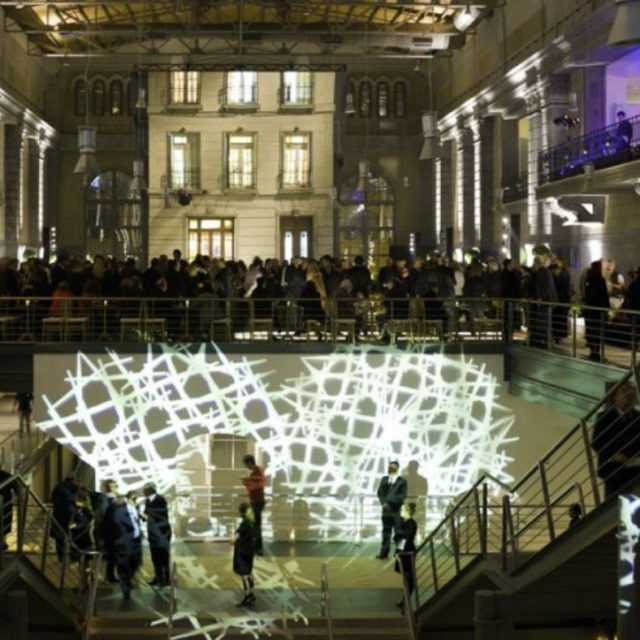Bridging the gap: how a research centre in Buenos Aires is connecting technology and artists
Project: creating the Latin American Centre for Experimental Hypermedia (CHELA)

The Purpose
The traditional cultural infrastructure of world cities tends to focus on single disciplines or genres, such as theatre, museums or cinema and fails to consider the increasingly multidisciplinary nature of modern digital cultural experiences. World cities need new, flexible forms of cultural infrastructure, which can host the multimedia work of 21st-century digital artists.
The Challenge
To create a research centre that promotes large-scale, long-term, cross-disciplinary research projects in technology and the arts. To help social and community organisations discover new ways of working together, involving digital technology and the creative arts.
CheLA pioneered a new way of thinking about the Parque Patricios, later reinforced by the creation of the Buenos Aires Technological District.

The Solution
Latin American Centre for Experimental Hypermedia (CheLA) is a research centre that supports long-term, multi-disciplinary research projects in technology and the arts. It aims to help social and community organisations across the city discover new ways of working together, involving digital technology and the creative arts. It does this by developing open and accessible technological tools for collective creative processes, establishing collaborative relationships locally, nationally and internationally.
Initially, the centre faced the key challenge of obtaining basic operational funding in a country with little tradition of independent cultural research institutions. Its focus on processes rather than product-oriented projects made it particularly difficult to support since there is no established public or private organisational funding for this type of activity in Argentina. It was also challenged by its location, having been established in Parque Patricios, a working-class neighbourhood with a strong cultural identity but with no recent investment in arts research and production. However, by choosing this location, it was able to expand Buenos Aires’ map for contemporary arts activity. It pioneered a new way of thinking about the Parque Patricios, later reinforced by the creation of the Buenos Aires Technological District.
The Impact
Through many years of hard work, it has now established itself as a centre of excellence for innovative cultural and social projects. It is known for supporting alternative processes and diverse voices. Among some of its central current research modules are TaMaCo (aMaterials and Construction Workshop), which explores algorithmic design and construction with innovative materials and LIC (Physical Interactivity Lab), an experimental project investigating cultural uses of sensory environments.
Meanwhile, PedaLúdico, a community-oriented project, is researching bicycle use as an enabler of alternative and empowered urban identities. With its interest in the union of community, arts and technology, and its focus on research and experimentation, CheLA hopes to promote its inclusive model for social and cultural innovation across the country and beyond.
Source: World Cities Culture Report 2018
Images © City of Buenos Aires, Getty/Canva




